
Tooth Sensitivity
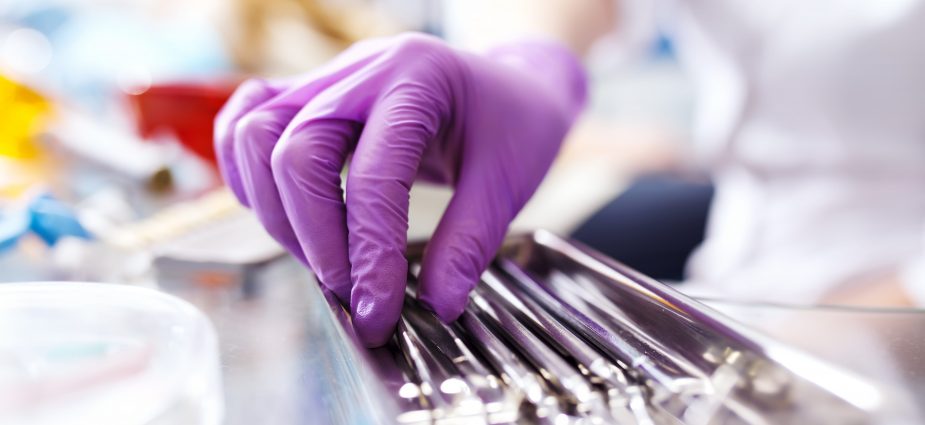
Gingival sculpting, also known as gingival contouring, is the process of reshaping the gum tissue around your teeth.
A cosmetic dental treatment that can help reinvent your smile and improve your oral health, gingival sculpting involves a minimally invasive laser procedure to remove and re-sculpt uneven or excessive gum tissue. Typically, however, soft tissue sculpting also requires bone recontouring that cannot be accomplished with a laser alone. The result is healthy and natural-looking gums for a vital, young-looking and attractive smile that adds to your confidence and appeal.
Sculpting procedures can be performed for cosmetic reasons, as well as for oral health reasons such as poor dental hygiene. The latter can result in the formation of deep gum pockets due to improper tooth brushing and the accumulation of calculus and plaque. Common aesthetic problems that can be corrected include gummy smile (excessive gingival display), uneven (asymmetrical) gingival contours, the loss of papillae (small amounts of gum tissue between your teeth) and exposed root surfaces.

It also can help address aesthetic concerns of teeth that appear “too small” or are unusually shaped. This may result when the surrounding gum tissue has grown down and over a large portion of the teeth, creating the illusion of small or crooked/oddly angled teeth. The gum contouring process removes and re-shapes the extra gum tissue to lift the gum line and reveal more teeth and/or even out the gum line for enhanced symmetry. This procedure removes extra gum tissue without leaving a deficit and only exposes the part of the tooth that is normally visible.
Gingival sculpting is most commonly performed by periodontists and cosmetic dentists.
The minor in-office gum contouring procedure typically requires only one visit of about an hour. After a local anesthetic is applied to the gums, a soft tissue laser is used to trim away, re-contour and seal the excess gum tissue. There is only minor discomfort and no bleeding or stitches are involved.
More commonly, the procedure to reduce tissue and bone requires more time and stitches, yet it creates no pain.
The fine points of your consultation and subsequent treatment planning depends on the condition of your gums and your sculpting objectives.
For example, during a regular checkup, your dentist may notice that the tissues surrounding your teeth are receding or excessive. If this is the case, your consultation may include a discussion of gingival tissue regeneration in order to prevent, correct or stop periodontal disease. Your dentist may suggest multiple treatment options, such as flap surgery, bone grafts, tissue grafts, gingival colored composite build-up or tissue stimulation.
If you are planning a cosmetic dental procedure such as veneers or a smile makeover, your dentist may advise you that the appearance of your gum line is uneven, or that you have too much gum tissue (gummy smile). If gum tissue reduction is necessary, your dentist may discuss laser treatments to remove the excess gum tissue — which require little-to-no healing time — or more invasive surgical options.
As part of your treatment planning, your dentist also will advise you of the healing times for the procedure you will undergo, as well as whether local anesthesia or sedation dentistry is necessary.
Keep in mind, however, that some procedures — such as those involved with correcting minor unevenness of your gum line — may be completed without a formal consultation or treatment plan. Today’s dental laser technology makes it possible for your dentist to discuss and treat such conditions as gingival asymmetry and gummy smiles during regular visits and/or cleaning appointments. Because every case is different, other situations may require more detailed discussion, planning and consultation.
In general, it is not uncommon to experience minor swelling and discomfort after the procedure. The specific type of procedure you undergo will affect your healing time, as well as the level of discomfort you experience during your recovery.
Typically, gingival sculpting procedures require no more than one day for healing; however, your dentist may advise you to follow a strict diet of soft foods or liquids for a few days. If your procedure involves grafts or bone contouring, it will likely involve stitches and your dentist also may limit physical activity to prevent reopening of the surgical site. To relieve pain and, if necessary, prevent infection, your dentist may prescribe medications to be taken as directed.
Gingival sculpting or crown lengthening is safe, fast and virtually painless. You can continue your normal activities right after treatment, and the results are permanent.
The laser gingival sculpting procedure — which seals and sterilizes the treatment area — significantly reduces your chance of infection, minimizes inflammation and promotes fast healing. Lasers also provide greater precision, protecting the surrounding tissue from damage during the procedure.
Gingival sculpting can have psychological and social benefits, improving your looks and self-confidence, encouraging you to be more socially active and making you more willing to smile. You feel happier and seem friendlier and more approachable.
Gum sculpting is considered surgery, so it is important for your periodontist or dentist to fully inform you about any possible risks associated with the procedure before you undergo treatment. However, since gingival sculpting is typically performed under only local anesthesia, there’s little to fear of the risks associated with general anesthesia.
While extremely rare, you may experience infection at the treatment site, or some minor swelling and discomfort after surgery.
Check the credentials of the periodontist or general dentist performing the procedure to ensure that he or she is properly trained and skilled in oral surgery and the use of dental lasers, and has considerable experience and practice in performing gingival sculpting.
Dental insurance companies typically do not cover gum sculpting, which is considered a cosmetic procedure. Procedure costs vary by dentist and the extent of the procedure (e.g., number of teeth involved, how much excess gum must be removed). For example, a gingivectomy or gingivoplasty involving one to three contiguous teeth costs on average about $235, while the same procedures that involve four or more contiguous teeth costs on average approximately $425. Clinical crown lengthening procedures cost approximately $550.
(Read more about dental insurance coverage)
Therefore, it is important to inquire at your dental office about specific costs and financing options.
Do not dismiss the oral health costs, either. Apart from its purely aesthetic aspects, gingival sculpting also has health benefits. For instance, removing excess gum tissue can reduce deep gum pockets, which can harbor harmful bacteria that can contribute to infection and gum disease in the form of gingivitis or periodontitis. These forms of gum disease have been further linked to heart disease, diabetes and respiratory problems.
It also can positively impact your mental health, boosting your self-image and social confidence by improving your appearance. Additionally, the use of laser surgery to perform gingival sculpting involves less risk of infection, promotes faster healing and offers greater surgical precision to protect surrounding tissue from damage. All of these factors should be considered when determining if treatment makes sense for you.

Tooth Sensitivity

Ask the Expert

Pediatric Dentistry

Oral Health
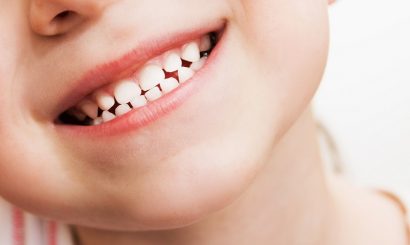
Pediatric Dentistry

Oral Health

Dental Hygiene
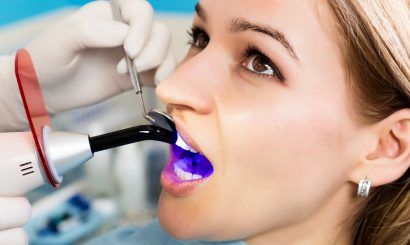
Tooth Restoration

Dental Public Health
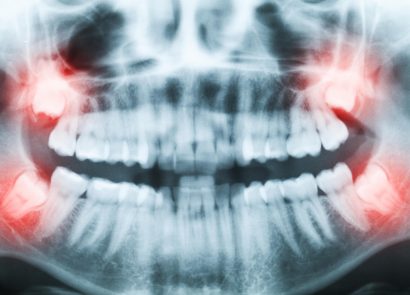
Wisdom Teeth
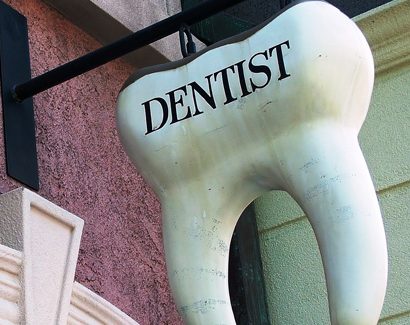
Dentists
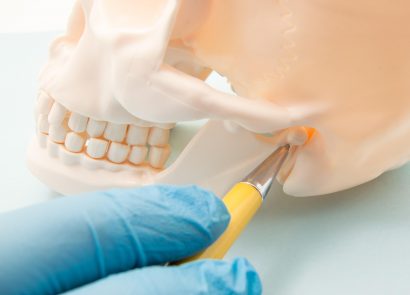
TMJ

Sleep Apnea

Cosmetic Dentistry
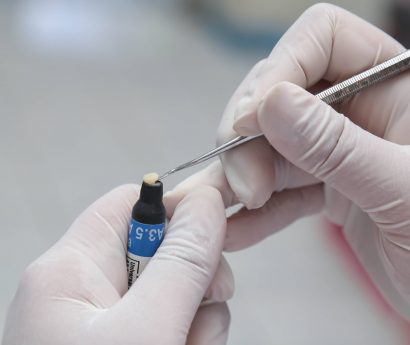
Dental Veneers